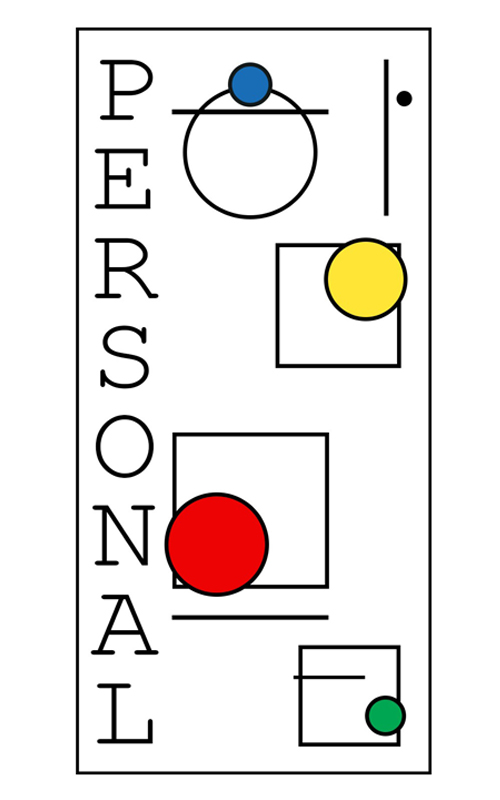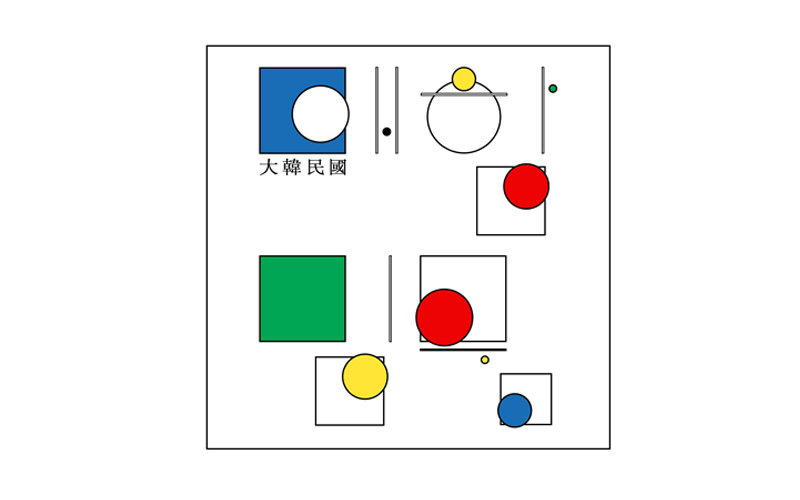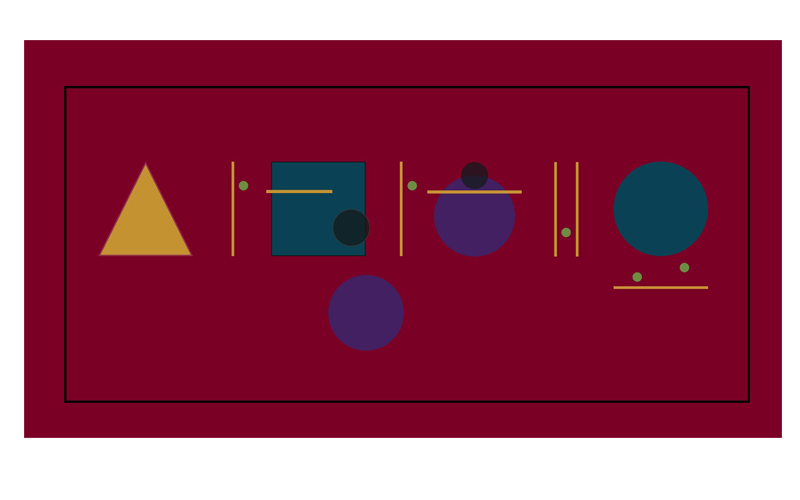View this article in another language
- 한국어
- English
- 日本語
- 中文
- العربية
- Español
- Français
- Deutsch
- Pусский
- Tiếng Việt
- Indonesian
By Honorary Reporter Dineo Mabejane Mahlare from South Africa
 I'm sitting on the floor in our living room with my two older brothers beside me. In front of us is our most prized possession that Mom routinely hijacks at 8 p.m., our one and only television. It has been 15 minutes since her daily ritual and ahead lays another 15 minutes of pure torture: the 8 o'clock news. What dark times we live in.
I'm sitting on the floor in our living room with my two older brothers beside me. In front of us is our most prized possession that Mom routinely hijacks at 8 p.m., our one and only television. It has been 15 minutes since her daily ritual and ahead lays another 15 minutes of pure torture: the 8 o'clock news. What dark times we live in.
While I rummage my mind for a way to bring an end to this torment, the image of a document with Korean text flashes on the TV screen. For a moment, I forget I am in agony city but a subtle suspicion enters my mind. My young imagination is inclined to believe just about anything like the tooth fairy, goblins and even the story Dad told us about how he went to meet Jackie Chan at his home but instead met his mother, who said her son was out to get water. But this thing on TV, I don’t know. I find it hard to believe that an entire language is made up of shapes. Read and write aren't verbs used over objects like circles, squares and lines. Everyone else might be sold on this, but you can’t bamboozle me, an 8 o’clock news reporter. I am onto you.
How childish I was back then. Yes, it was behavior expected of a 10-year-old, but I cannot help but shake my head at my younger self. Perhaps the hostility was an escapist way of dealing with the emotional stress of missing an episode of my favorite cartoon, "Kids Next Door." Whatever the reason, I've since gained much emotional stability.
Luckily, I underwent a transformation 15 years ago since that day. At this very moment, I'm sitting at the bookstore Demian in Chuncheon, Gangwon-do Province. Books brimming with pages laced with the very language I once vehemently denied surround me. I can even read Korean. I’m not great at it but how I've grown to love those shapes and be grateful for their powerful simplicity.

Now a designer, I feel I have a lot to learn from the language and its form. Good design solves a problem, and incredible design does so in the simplest of ways. Apple cofounder Steve Jobs compared simplistic design to a force that can move mountains. Lines, circles and squares have embodied nothing greater than the purpose they have in Hangeul. It is not just about great design because language is exchangeable with human energy. Nelson Mandela explained this well when he said, "If you talk to a man in a language he understands, that goes to his head. If you talk to him in his language, that goes to his heart."
To further explain, I refer to the 2009 Korean movie "Jeon Woochi: The Taoist Wizards. In the film, such wizards are trying to capture goblins, and after much effort, the wizards overcome several goblins whose spirits whirl into small bottles. Like the goblins going into the bottles, language and culture are complex as they cannot easily fit into something as compact and identifiable as geometry. Once complexity is overthrown, even the weakest of us can own it.
So besides these Demian bookshelves, more decorated with geometry is my journey with Hangeul. Clichés like "things have come full circle" torment my fingers and toes. I've heard them too many times and they sound cheesier every time. But the best way to describe my journey with Hangeul is… a circle.


chaey0726@korea.kr
*This article is written by a Korea.net Honorary Reporter. Our group of Honorary Reporters are from all around the world, and they share with Korea.net their love and passion for all things Korean.

While I rummage my mind for a way to bring an end to this torment, the image of a document with Korean text flashes on the TV screen. For a moment, I forget I am in agony city but a subtle suspicion enters my mind. My young imagination is inclined to believe just about anything like the tooth fairy, goblins and even the story Dad told us about how he went to meet Jackie Chan at his home but instead met his mother, who said her son was out to get water. But this thing on TV, I don’t know. I find it hard to believe that an entire language is made up of shapes. Read and write aren't verbs used over objects like circles, squares and lines. Everyone else might be sold on this, but you can’t bamboozle me, an 8 o’clock news reporter. I am onto you.
How childish I was back then. Yes, it was behavior expected of a 10-year-old, but I cannot help but shake my head at my younger self. Perhaps the hostility was an escapist way of dealing with the emotional stress of missing an episode of my favorite cartoon, "Kids Next Door." Whatever the reason, I've since gained much emotional stability.
Luckily, I underwent a transformation 15 years ago since that day. At this very moment, I'm sitting at the bookstore Demian in Chuncheon, Gangwon-do Province. Books brimming with pages laced with the very language I once vehemently denied surround me. I can even read Korean. I’m not great at it but how I've grown to love those shapes and be grateful for their powerful simplicity.

This typography reading "대한민국" designed to celebrate the geometric beauty and ingenuity of Hangeul.
Now a designer, I feel I have a lot to learn from the language and its form. Good design solves a problem, and incredible design does so in the simplest of ways. Apple cofounder Steve Jobs compared simplistic design to a force that can move mountains. Lines, circles and squares have embodied nothing greater than the purpose they have in Hangeul. It is not just about great design because language is exchangeable with human energy. Nelson Mandela explained this well when he said, "If you talk to a man in a language he understands, that goes to his head. If you talk to him in his language, that goes to his heart."
To further explain, I refer to the 2009 Korean movie "Jeon Woochi: The Taoist Wizards. In the film, such wizards are trying to capture goblins, and after much effort, the wizards overcome several goblins whose spirits whirl into small bottles. Like the goblins going into the bottles, language and culture are complex as they cannot easily fit into something as compact and identifiable as geometry. Once complexity is overthrown, even the weakest of us can own it.
So besides these Demian bookshelves, more decorated with geometry is my journey with Hangeul. Clichés like "things have come full circle" torment my fingers and toes. I've heard them too many times and they sound cheesier every time. But the best way to describe my journey with Hangeul is… a circle.


chaey0726@korea.kr
*This article is written by a Korea.net Honorary Reporter. Our group of Honorary Reporters are from all around the world, and they share with Korea.net their love and passion for all things Korean.